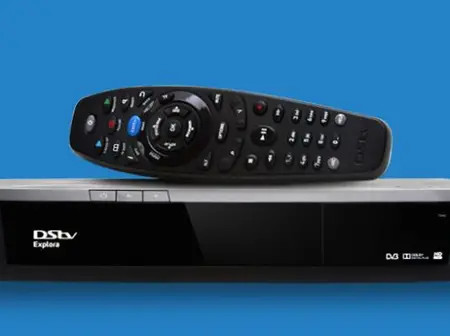The Communications Authority (CA) has changed how it measures TV subscriptions, shifting from cumulative sign-ups to “active subscriptions” — accounts that have generated revenue in the last 90 days.
Direct-to-Home satellite services (DTH), where DStv, Azam, StarTimes and Zuku compete, had 602,706 subscribers, a 67.3% drop. Even the once-resilient MultiChoice, long the heavyweight in sports broadcasting, saw over a million customers vanish from its books.
Only cable television showed a glimmer of stability. Zuku, the primary player in this segment, held 66,865 subscribers, managing a 12.2% rise over last year, helped in part by bundling internet with pay-TV.
The dramatic fall has less to do with sudden customer exits than with the regulator’s decision to strip away the illusion of dormant decoders and promotional freebies that padded subscription counts. By focusing solely on active, paying customers, the CA has exposed what industry insiders have quietly acknowledged for years: Kenya’s pay-TV market is much smaller, and much more fragile, than headline numbers suggested.
At the same time, the sector faces competition it cannot ignore. The slump in traditional broadcasting coincides with the rapid rise of over-the-top (OTT) platforms such as Netflix, Showmax and YouTube. With cheaper smartphones and expanding 4G and 5G coverage, Kenyan households are increasingly bypassing satellite dishes and decoders for mobile streaming apps. By June 2025, more than 73 million devices were connected to mobile networks, with smartphones accounting for the lion’s share. For a growing number of young, urban viewers, television is no longer a set in the living room but an app on the phone.
The shake-up is forcing incumbents to rethink their strategies. MultiChoice is betting heavily on live sports to keep subscribers hooked, while StarTimes continues to straddle both terrestrial and satellite services despite declines on both fronts. Zuku is doubling down on its internet-plus-TV bundles, positioning itself less as a broadcaster and more as a connectivity provider. Meanwhile, global streamers ride on the back of telcos’ affordable data bundles, chipping away at the pay-TV base.
“Kenya’s pay-TV business, once a growth engine for regional broadcasters, is now navigating an inflection point. Whether legacy players adapt through hybrid offerings or cede ground entirely to streaming giants will determine the shape of entertainment in Kenya for the next decade.”

Leave a Reply